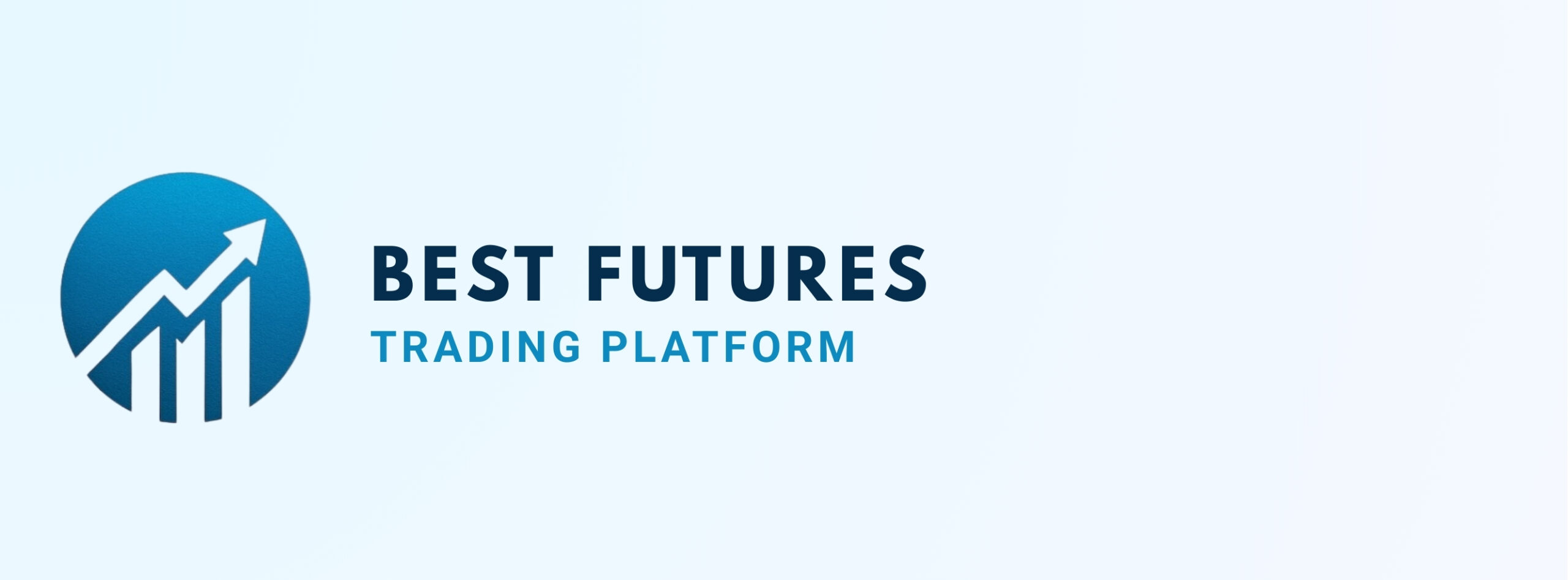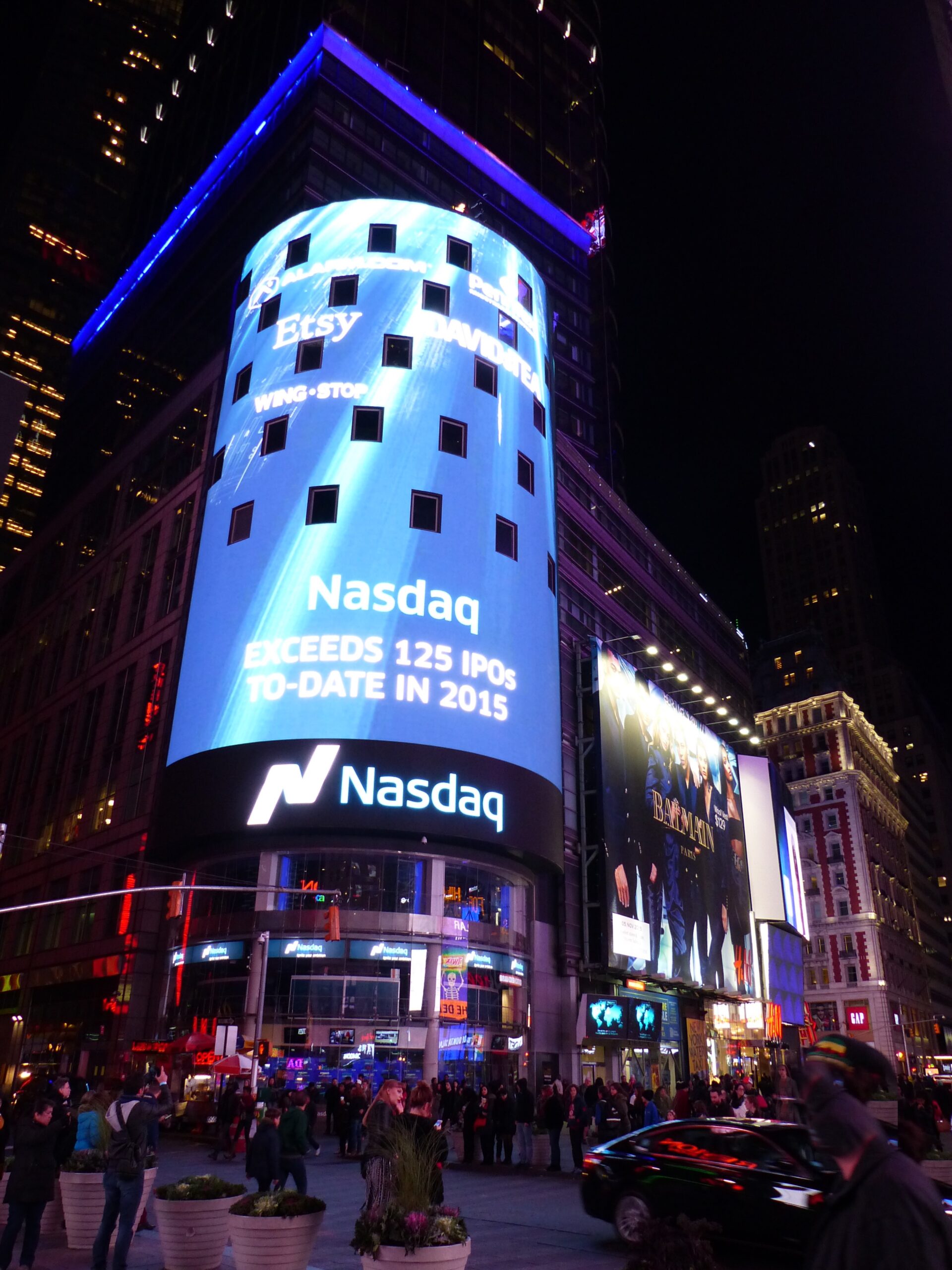Introduction
Nasdaq futures have become one of the most actively traded and closely monitored derivative contracts in global finance. Designed to reflect the performance of the tech-heavy Nasdaq-100 index, these instruments are now widely used by retail traders, institutions, and algorithmic desks.
In 2025, Nasdaq futures remain an essential tool for trading market volatility, accessing leverage, and managing risk in a high-growth sector dominated by technology and innovation.
This guide breaks down everything you need to know: contract specifications, margin requirements, platforms, strategies for different trader personas, and a real trade simulation.
What Are Nasdaq Futures?
Nasdaq futures are standardized contracts that allow traders to speculate on the future value of the Nasdaq-100 index. Traded on the CME Group’s Globex platform, they are cash-settled and provide broad exposure to leading tech stocks—without trading individual equities.
Common uses include:
- Hedging equity portfolios
- Short-term speculation
- Long-term macro positioning
- Algorithmic trading
- Portfolio rebalancing
Types of Nasdaq Futures
| Contract | Symbol | Size | Tick Size | Tick Value |
|---|---|---|---|---|
| E-mini Nasdaq-100 Futures | NQ | $20 × Index Level | 0.25 | $5.00 |
| Micro E-mini Nasdaq | MNQ | $2 × Index Level | 0.25 | $0.50 |
E-mini Nasdaq Futures (NQ)
The most liquid Nasdaq product—favored by professional traders, asset managers, and hedge funds for depth and tight spreads.
Micro E-mini Nasdaq Futures (MNQ)
One-tenth the size of NQ, designed for smaller accounts and granular position sizing—ideal for testing strategies.
Why Trade Nasdaq Futures in 2025?
- Market Volatility & Macro Themes – Anticipated rate shifts and post-election dynamics keep volatility elevated.
- Leadership in Tech Innovation – Express views on AI and digital infrastructure leaders quickly.
- Tax & Capital Efficiency – U.S. 60/40 tax treatment and margining improve efficiency (broker/region dependent).
Trader Personas: Who Trades Nasdaq Futures?
Contract Specs & Margin Requirements (2025)
| Contract | Multiplier | Tick Size | Tick Value | Initial Margin | Maintenance Margin |
|---|---|---|---|---|---|
| NQ | $20 | 0.25 | $5.00 | ~$18,000 | ~$16,500 |
| MNQ | $2 | 0.25 | $0.50 | ~$1,800 | ~$1,600 |
Note: Margins vary by broker and change with volatility.
Trading Hours
- Globex: Sunday 6:00 PM – Friday 5:00 PM ET
- Daily Maintenance: 5:00–6:00 PM ET
- Peak Volume: 9:30–11:30 AM ET (U.S. cash open)
Ideal for global traders needing after-hours access or overseas hedging.
Leverage & Capital Efficiency
If Nasdaq-100 trades at 16,000:
- One NQ ≈ $320,000 notional
- One MNQ ≈ $32,000 notional
- Margins ≈ $18,000 (NQ) / $1,800 (MNQ) → effective leverage ≈ ~17.7:1
Use defined position sizing and stop-losses.
Nasdaq Futures Trading Strategies
🔁 Trend-Following (EMA 20/200)
- Buy after a confirmed golden cross (20 over 200 EMA).
- Enter on pullback; stop below swing low; confirm with MACD/RSI.
🔄 Range Trading with Bollinger Bands
- Fade 2-SD extremes back toward VWAP or 20 EMA.
- Exit on band convergence or signal fade.
📈 Momentum Scalping (RSI/MACD)
- Entries on RSI > 50 plus MACD alignment at volume inflections.
💥 Event-Driven News Scalping
- Use CPI/PPI/FOMC calendar; breakout or fade on high-volume spikes.
- Prefer MNQ to reduce slippage.
🔍 Options Overlay Strategy
- Pair MNQ with protective puts or short call spreads vs. long NQ.
🧪 Backtesting
- StoneX, Edgeclear, Interactive Brokers, NinjaTrader, AMP Global tilbyr robuste verktøy for backtesting/automation.
Broker & Platform Comparison
| Broker | Best For | Key Features |
|---|---|---|
| StoneX | Institutional & Pro | Deep liquidity, advanced clearing, CME access |
| Edgeclear | Active Traders | Low commissions, tailored support, risk tools |
| Interactive Brokers | Multi-Asset Users | Global markets, portfolio margining |
| NinjaTrader | Strategy Traders | Indicators, automation, backtesting |
| AMP Global | Retail Traders | Competitive pricing, fast execution |
Note: “Commission-free” platforms may offset with wider spreads/fees or limited tools—less reliable for serious trading.
Next Step
Compare leading futures brokers and platforms for your strategy and risk profile.
Explore ReviewsReal Trade Simulation (2025)
| Market Bias | Bullish after CPI beat |
|---|---|
| Index Price | 16,200 |
| Instrument | MNQ |
| Entry | 16,220 |
| Stop | 16,160 |
| Target | 16,400 |
| Risk | 60 pts × $2 = $120 |
| Reward | 180 pts × $2 = $360 |
| R:R | 3:1 |
| Duration | ~45 minutes |
| Exit Trigger | RSI divergence at resistance |
Common Mistakes to Avoid
- Trading E-mini (NQ) before testing with MNQ.
- Ignoring the macro event calendar.
- Using high leverage during low-liquidity hours.
- Overfitting backtests.
- Not understanding margin calls or rollover mechanics.
Glossary of Key Terms
- Nasdaq Futures
- Derivatives based on the Nasdaq-100 index.
- Nasdaq 100 Futures
- Tracks 100 largest Nasdaq-listed non-financials.
- Micro E-mini Futures
- Smallest tradable futures contract family.
- NQ
- Ticker for E-mini Nasdaq-100 Futures.
- MNQ
- Ticker for Micro E-mini Nasdaq-100 Futures.
- Initial Margin
- Capital needed to open a position.
- Maintenance Margin
- Minimum equity to keep a position open.
- Tick Size
- Minimum price increment (0.25).
- Rollover
- Switching to the next active contract before expiry.
- Open Interest
- Open contracts not yet closed or settled.
- Slippage
- Execution price difference vs. expected.
Conclusion
Nasdaq futures remain dynamic, liquid, and strategically important. Whether you’re trading full-size NQ, starting with MNQ, or automating execution, mastery of contract mechanics and disciplined strategy is key.
As 2025 unfolds, traders who align risk controls with volatility dynamics will be best positioned to capture opportunity.
Read more at bestfuturestradingplatform.com/nasdaq-futures.

